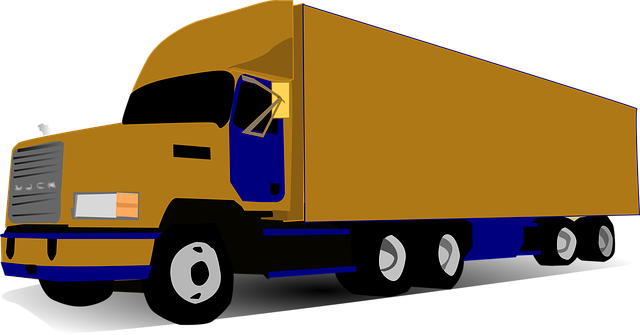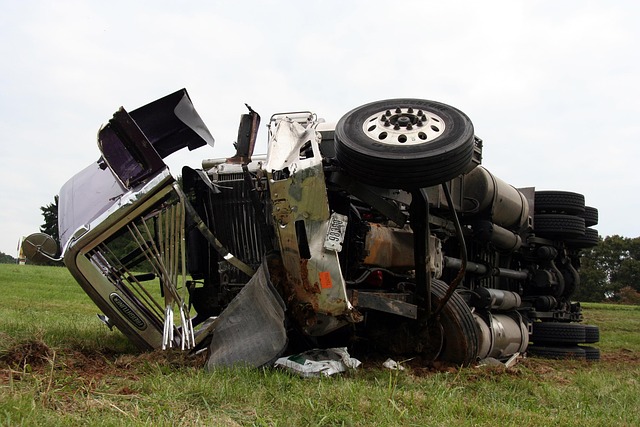Looking to register your car in California? This comprehensive guide walks you through every step, from understanding eligibility requirements to securing DMV VIN verification. Learn how to gather essential documents, complete the registration application, and receive your official documentation. By following these clear instructions, you’ll streamline the process and ensure your vehicle is legally registered in no time. Key terms: dmv vin verification.
- Understand Eligibility Requirements for Car Registration
- Gather Necessary Documents for DMV Visit
- Perform Vehicle Identification Number (VIN) Verification
- Complete Application and Pay Fees at DMV
- Register Your Vehicle and Receive Documentation
Understand Eligibility Requirements for Car Registration

Before you start the registration process, it’s crucial to understand the eligibility requirements set by the California Department of Motor Vehicles (DMV). To register your car in California, your vehicle must meet specific standards for safety and emissions. One key step is ensuring a successful DMV VIN verification, which involves checking the vehicle’s unique identification number (VIN) to confirm its authenticity and history.
The process typically includes a thorough inspection, including a mobile VIN verification if needed. This ensures that your car doesn’t have any outstanding issues, such as theft, flood damage, or unpaid tickets. A valid registration also depends on owning or leasing the vehicle, as well as meeting residency requirements in California. Always refer to official DMV guidelines and consider using resources like a mobile VIN verifier for convenience during this initial verification step.
Gather Necessary Documents for DMV Visit

Before heading to the DMV, ensure you have all the essential documents for a smooth car registration process. The primary requirement is a valid driver’s license or ID card. Additionally, you’ll need proof of vehicle ownership, typically through a purchase agreement or bill of sale. Don’t forget to bring along your vehicle’s registration from the previous state (if applicable), as well as any relevant insurance documents. A crucial step is to have your vehicle’s Vehicle Identification Number (VIN) verified. Many DMV locations now accept mobile VIN verifiers for this purpose, making it easier than ever to ensure your car’s details match the records.
Some states may also require a safety inspection or emissions test certificate, so check with your local DMV to confirm the exact requirements. It’s beneficial to be prepared and organized by gathering all these documents in advance, as you’ll save time during your visit and potentially avoid any delays in registering your vehicle in California.
Perform Vehicle Identification Number (VIN) Verification

Before proceeding with the registration process, it’s crucial to perform a Vehicle Identification Number (VIN) verification. This step is essential for ensuring the car’s history and authenticity. You can opt for a traditional dmv vin verification or leverage modern solutions like mobile vin verification and inspection services. These services allow you to complete the check from the comfort of your home or even while at a DMV office.
A mobile vin verifier can cross-reference the VIN with various databases, providing detailed information about the vehicle’s past, including ownership history, accident records, and outstanding loans. This data is vital in making an informed decision about purchasing a used car and avoiding potential issues during the registration process. By completing this step, you set the foundation for a smooth registration experience.
Complete Application and Pay Fees at DMV

After gathering all necessary documents, it’s time to complete your car registration process at the California Department of Motor Vehicles (DMV). You’ll need to fill out Form SM-15, which is the Application for Title and Registration, accurately providing details about your vehicle. Make sure your Vehicle Identification Number (VIN) is correctly noted, as this is a critical step in the dmv vin verification process. This includes matching the VIN on the registration documents with the one displayed on your vehicle’s title.
Along with your completed application, you’ll be required to pay various fees. These typically include the registration fee, a vehicle license fee, and possibly an emissions testing fee if your car is subject to these regulations. You can opt for several payment methods, including cash, check, or debit/credit cards. Some customers choose to use a mobile vin verifier or undergo a mobile vin inspection to streamline this process, ensuring accuracy and saving time at the DMV.
Register Your Vehicle and Receive Documentation

After gathering all the necessary documents and ensuring your car meets California’s requirements, it’s time to register your vehicle at the Department of Motor Vehicles (DMV). The process typically involves a trip to a local DMV office where you’ll need to present proof of insurance, identification, and ownership. A key step in this process is the DMV VIN verification, which ensures that the vehicle’s unique identifier, the Vehicle Identification Number (VIN), matches the information on file with the manufacturer.
This verification is usually done by submitting your car’s details online or through a mobile vin inspection. The DMV will cross-check the VIN against their records to confirm the vehicle’s authenticity and history. Once approved, you’ll receive the necessary documentation, including a registration certificate and license plates, allowing you to legally operate your vehicle on California roads.
Registering a car in California involves understanding eligibility requirements, gathering essential documents, completing a DVW VIN verification, and submitting applications with fees. Once approved, you’ll receive official documentation confirming your vehicle’s registration. Remember to keep these records up-to-date for smooth driving experiences in the Golden State.
